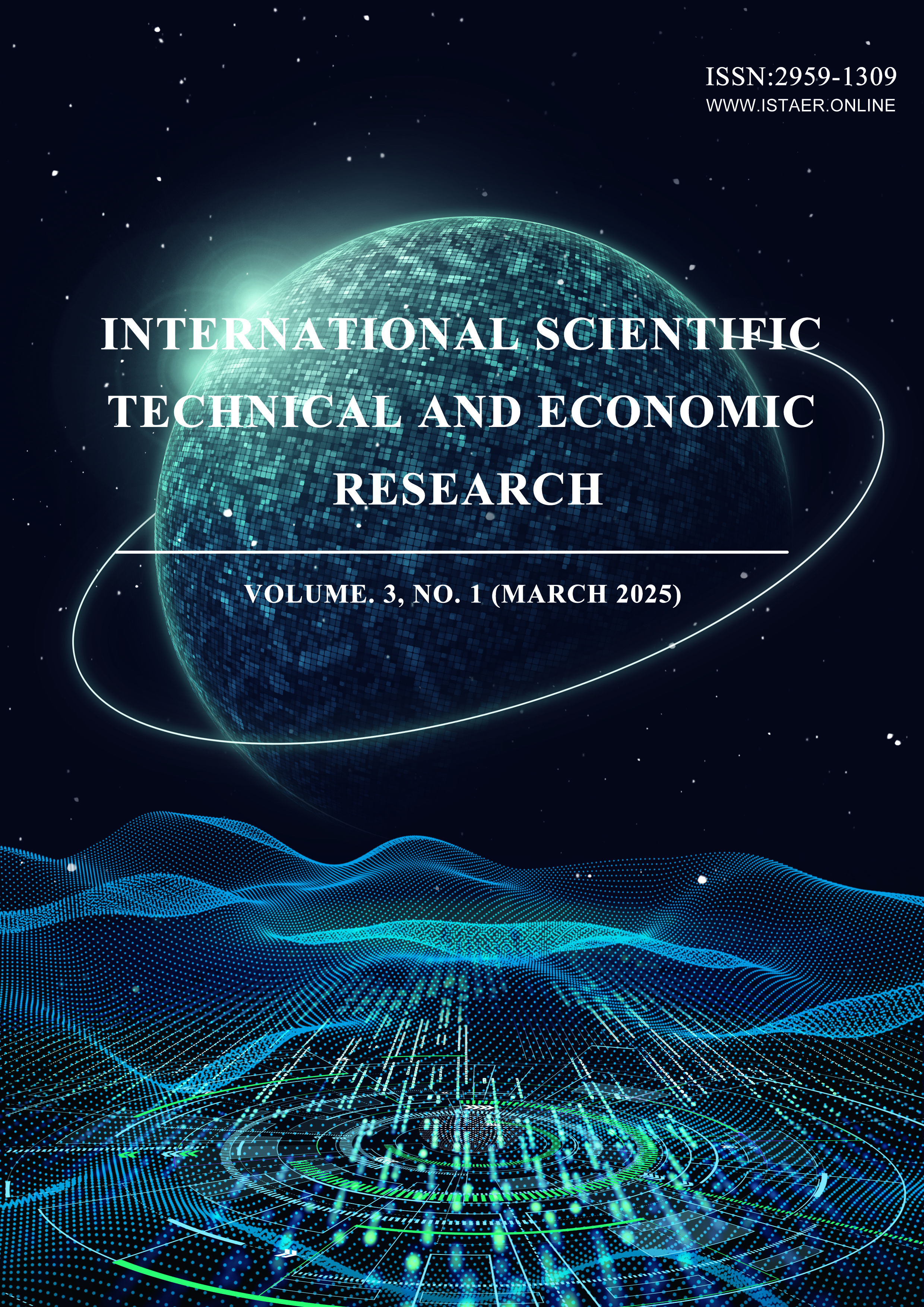Investment output decision problem solved based on multi-dynamic combination algorithm
DOI:
https://doi.org/10.71451/8h6pgf63Keywords:
Shapiro-Wilk test; MFIICM; IEIEM; BOPM; GA algorithmAbstract
This article examined the development trends of various industries amid economic growth, analyzing the correlations between sectors, and constructed mathematical models to promote the upgrading of industries in China. The analysis focused on 9 core industry indicators and builds a Multi-Factor Industry Interaction Correlation Model (MFIICM). The Shapiro-Wilk test was first employed to examine the data distribution types for 2017 and 2019, calculating the significance level (P-value). It was found that P-value<0. 05 for all cases, indicating a normal distribution. Subsequently, the Spearman coefficients were calculated, and a heatmap was plotted. The correlation coefficient between manufacturing and construction industries was the highest at 0.97, while other industries showed trends of mutual promotion. Causal analysis was then introduced for cross-validation, with an average bar error rate of 0.04%. A topological relationship network was constructed, revealing that industries such as Agriculture, Accommodation, and Retail occupy central positions and exhibit significant systemic influence. To study the quantitative relationship between investment and the GDP of various industries, an Input-Output Economic Investment Efficiency Model (IEIEM) based on Leontief's theory was constructed, with the goal of maximizing GDP growth. Using factor analysis, 17 indicators were extracted as evaluation criteria to calculate the output value of each industry, among which other service industries had the highest output value of 379, 099.9. The deviation value Δ_"ratio " was then introduced for model evaluation, yielding a deviation of Δ_"ratio " =0.38 between the actual and theoretical values, thereby verifying the model's validity. Based on this, an analysis without restrictions by industry was conducted. Bi-Objective Programming Model (BOPM) was constructed, adding the objective of minimizing investment ratio changes and introducing the investment return to parameter β_i. The GA algorithm was used to BOPM, yielding β_i1=1.26,β_i2=1.09. The iterative update curves for the bi-objective model were plotted, showing consistent trends and high synergy. Specific allocation plans are detailed in the main text.
References
[1] Wu, Q., Yang, Y., Liu, L., Hu, X., Bo, L., & Yang, J. (2024). Lithium battery health state estimation method based on GA-SA-BP neural network. Power System Protection and Control, 19, 74-84. doi:10.19783/j.cnki.pspc.240248.
[2] Qiu, X., Zhang, H., & Zhao, R. (2024). Warehouse location allocation optimization for rear warehouse based on PSO-GA algorithm. Journal of Information Engineering University, 04, 423-427.
[3] Liu, H., & Jian, H. (2024). Water resource allocation model and application based on co-evolutionary particle swarm optimization algorithm. People's Yellow River, 11, 74-79.
[4] Yang, J., Zhang, X., Zhou, H., Zhou, Y., & Wang, J. (2024). Optimal measurement point selection and inversion calculation for transmission line non-contact voltage measurement based on genetic particle swarm algorithm. Science and Technology and Engineering, 19, 8135-8141.
[5] Liu, Y., Zhang, S., Wang, X., & Bai, W. (2023). Design of PI controller for wind turbine variable speed and pitch system based on genetic particle swarm algorithm. Science and Technology and Engineering, 31, 13375-13386.
[6] Liang, Q., & Zhang, L. (2024). Yarn production process parameter inversion based on particle swarm genetic algorithm. Cotton Textile Technology, 06, 1-7. DOI: https://doi.org/10.1063/10.0023846
[7] Li, Z., & He, Y. (2024). UAV takeoff and landing site selection in complex mountainous environments based on GA-SA combined algorithm. Science and Technology and Engineering, 02, 850-857.
[8] Liu, J., Wang, H., & Zhou, W. (2018). Low Earth orbit constellation sensor resource scheduling algorithm based on GA-SA. System Engineering and Electronics Technology, 11, 2476-2481.
[9] Li, S., Fang, T., & Ye, J. (2024). Suppression of low-frequency oscillation modes in DFIG grid-connected power systems using controllable load sensitivity. Proceedings of the CSEE, 07, 2641-2655. doi:10.13334/j.0258-8013.pcsee.222084.
[10] Song, Z., Ji, S., Hu, W., Ren, Z., & Wang, L. (2024). Amphibious robot 3D path planning research based on improved particle swarm algorithm. Science and Technology and Innovation, 04, 59-61+65. doi:10.15913/j.cnki.kjycx.2024.04.015.
Downloads
Published
Issue
Section
License
Copyright (c) 2025 International Scientific Technical and Economic Research

This work is licensed under a Creative Commons Attribution-NonCommercial-NoDerivatives 4.0 International License.
This work is licensed under the Creative Commons Attribution International License (CC BY 4.0).




